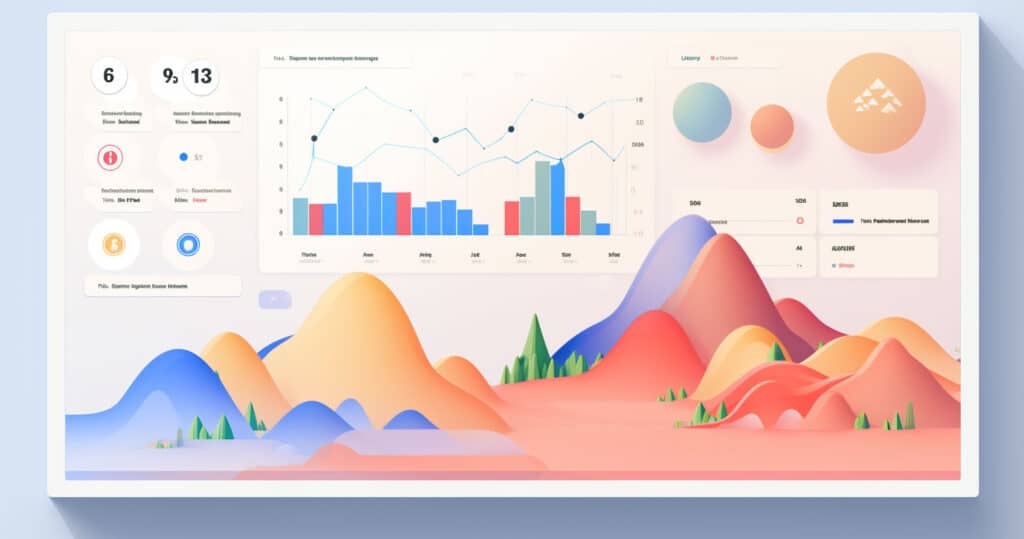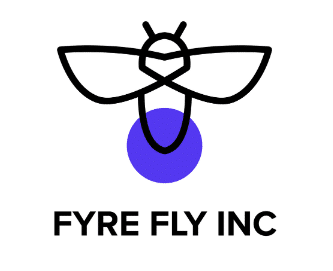
A robust marketing funnel is your secret weapon to transforming website visitors into loyal customers. Let’s explore how you can refine yours to boost sales.
A marketing funnel is a visual tool that illustrates the journey a potential customer takes from their first interaction with your brand to the point of conversion. This conversion could be a purchase, a sign-up, or a form submission. Understanding this journey is crucial as it helps you target your audience better, provide them with the information they need, and guide them toward a purchase.
Consider Amazon’s marketing funnel. A visitor must go through several steps before they can purchase a product. These steps are all part of the marketing funnel, and each one is essential to the final action – the purchase.
Marketing funnels offer invaluable insights into where you might be losing potential customers. This is often referred to as a “leaky” funnel. By identifying these leak points, you can adjust your strategy to improve conversion rates.
For instance, if you notice a significant drop in conversions after the trial stage, you might need to enhance your onboarding process. Alternatively, you can adjust the top of your funnel to avoid attracting people outside your target audience.
Don’t take out word for it — read what Zapier has to say about it: The Marketing Funnel Guide: How to Qualify Leads and Turn Them Into Customers
Let’s consider an e-commerce purchase funnel. The journey starts with a potential customer viewing a product, deciding to add it to their cart, and finally completing the purchase. Each of these steps is a crucial part of the marketing funnel.
Google Analytics offers a straightforward way to track the paths prospects take before they convert. You can create a Google Analytics goal to monitor these paths. If you’re new to marketing funnels, Google Analytics is a great place to start.

Creating a successful marketing funnel involves several steps. Let’s discuss some techniques you can use in your funnel marketing efforts, starting with the ideal buyer journey.
By understanding and implementing these steps, you can create a marketing funnel that effectively guides your customers from their first interaction with your brand to the point of conversion. This not only helps increase your sales but also improves the overall customer experience with your brand.

hello@fyreflyinc.com
Copyright 2020, Fyre Fly Inc. All Rights Reserved.
Built by Genesis Marketing Consultants